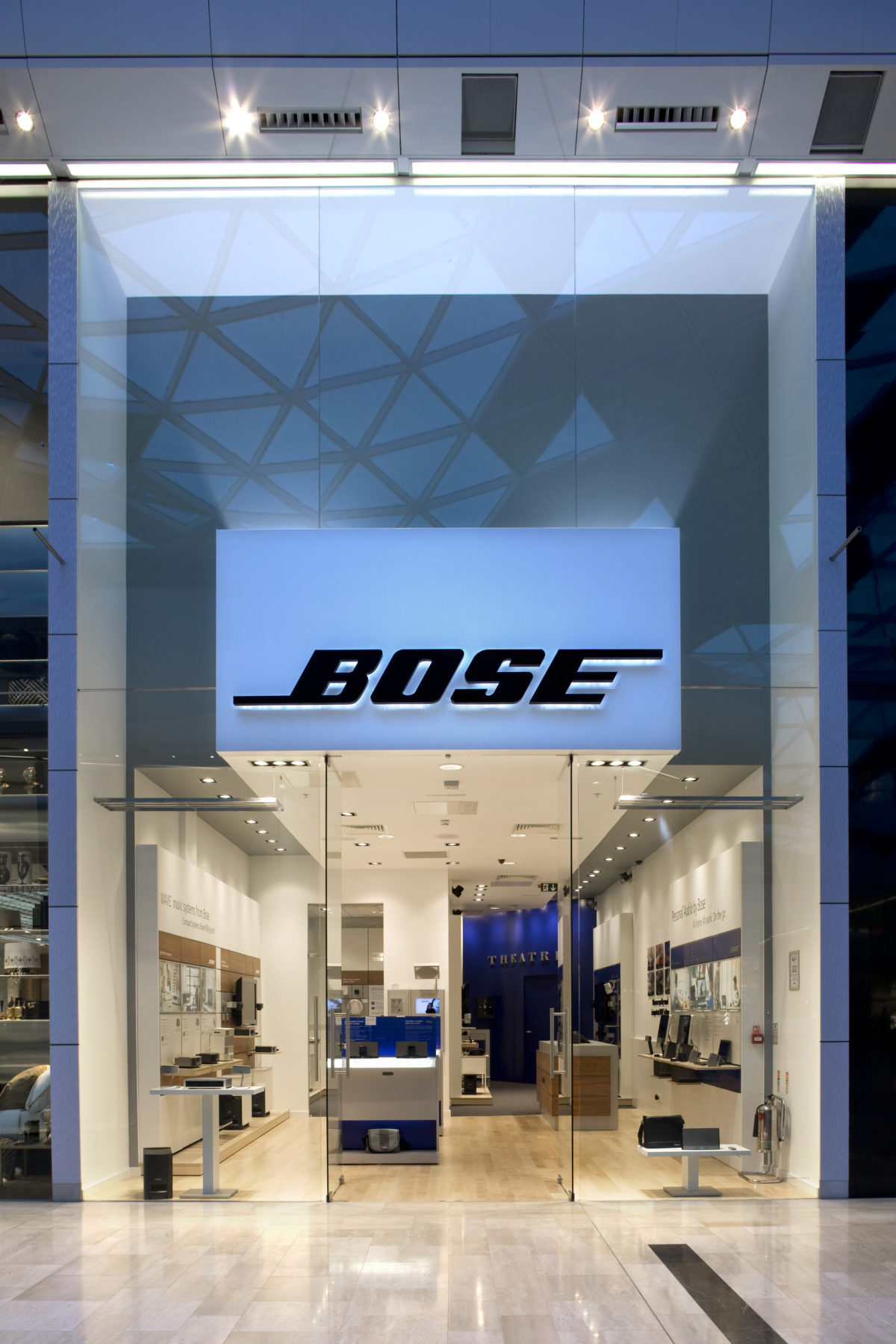When it comes to running a successful retail venture, the fit out of your retail space can measure the difference. A well-designed retail fit out not just boosts the aesthetic quality of your space but also plays a critical role in shaping an inviting shopping environment for your customers. Recognizing what a retail fit out entails and its significance for your enterprise is the key first move in making knowledgeable decisions about your store's design.
Throughout this piece, we will delve into the key aspects of planning the budget of your retail fit out. From comprehending the associated costs to directing the design and construction process, we aim to arm you with the insight you need to ensure your fit out fulfills your commercial objectives without overextending your finances. Whether you're starting anew or revamping an already existing area, the tips shared within this guide will lead you through the journey from concept to finalization.
Understanding Retail Fit-Outs
Commercial fit-outs refer to the method of developing a interior space for a retail environment that successfully displays products and attracts customers. This involves more than the physical construction or renovation of the space, but also the design elements that contribute to a consistent brand experience. A successfully completed fit-out boosts the efficiency of the space, enabling both staff and customers to connect to merchandise in a significant way.
The value of a retail fit-out cannot be overstated, as it plays a critical role in attracting customers and shaping their purchase behavior. An inviting and well-designed retail space is vital for creating a favorable first impression and fostering brand loyalty. By thoughtfully analyzing elements like layout, lighting, and decor, businesses can greatly elevate the overall shopping experience, ultimately leading to increased sales.

As consumer expectations change, the design of retail fit-outs must include current trends and technologies. Staying informed about current trends and outdated styles helps retailers create environments that are not only functional but also appeal with their target audience. A well-conceived retail fit-out can change a simple shopping trip into an pleasurable experience, keeping customers repeatedly visiting. spintax ### Managing Your Fit-Out Budget
As you begin managing your fit-out budget, the first step is to establish a transparent and realistic financial plan. Commence by enumerating all the necessary components of your retail fit-out, including construction, design, furnishings, signage, and tech solutions. This holistic approach will help you avoid overlooking essential elements, which can lead to additional costs later on. Make sure to consult with specialists who understand the market rates for materials and services to create a reliable budget.
Following that, focus on your spending based on what will provide the most significant return on investment. Allocate https://basse-didriksen.hubstack.net/altering-areas-the-craft-of-retail-fit-out to areas that boost customer experience and drive sales, such as floor plan improvement, lighting design, and graphic elements. It's crucial to be adaptive and allow for contingencies in your budget, as unexpected expenses can arise during the fit-out process. Allocating a portion of your budget for unforeseen costs can help ensure that your project remains on schedule without budgetary issues.
Finally, maintain open communication with your contractors and designers throughout the fit-out process. Consistent meetings can help you stay informed about the status and any financial adjustments needed. By fostering this collaborative atmosphere, you can address possible issues quickly and make educated decisions that align with your budgetary constraints. https://otto-thyssen.federatedjournals.com/boosting-impact-creative-store-layout-ideas will enable you to manage your retail fit-out budget successfully while achieving your vision for your store.
Forward-thinking Design Techniques
Developing a captivating retail fit-out needs innovative design strategies that not just draw in customers and also elevate their shopping experience. A effective method is to introduce flexible layouts that can be easily modified to accommodate various products, promotions, or seasonal changes. This adaptability permits retailers to keep their space up-to-date and engaging, guaranteeing that customers always find anything and appealing each time they shop.
A further strategy includes the careful use of technology within the store. Incorporating smart mirrors, interactive displays, or augmented reality experiences can create an engaging environment that invites customers to explore products in new ways. By utilizing technology, retailers can provide more information and entertainment, which also enriches the customer experience and possibly boost sales.
In conclusion, sustainability should play a significant role in the design strategy. Using eco-friendly materials, energy-efficient lighting, and design elements that foster a connection to nature can connect with green conscious consumers. This not only aligns with contemporary retail fit-out trends but also establishes the brand as ethically responsible, boosting customer loyalty and attracting a larger audience.
